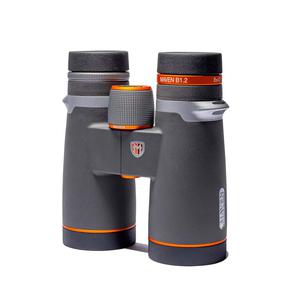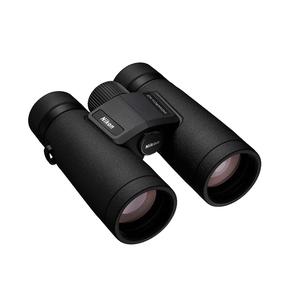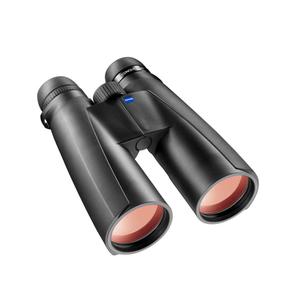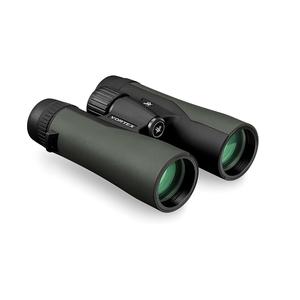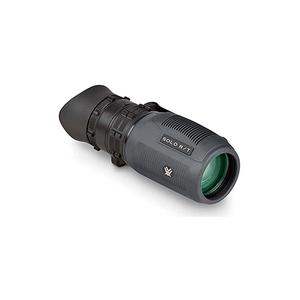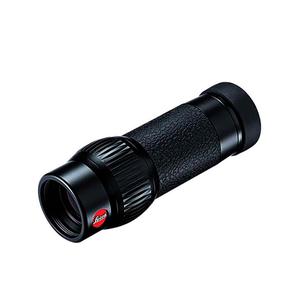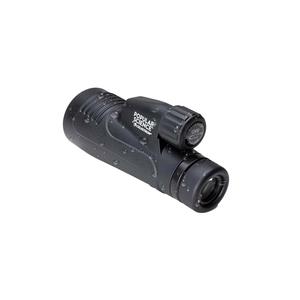The Importance of Objective Lens Size
Imagine you're embarking on a safari adventure or star-gazing on a clear night. To bring those distant wonders closer, you need an optical ally, be it a binocular or a monocular. These tools are your windows to a magnified world. In this exploration, we delve into the heart of these devices - the objective lens - and unravel its mysteries.
Whether you're a bird watcher, a hiker, or an amateur astronomer, understanding the role of objective lens size will enhance your experience.
Short answer: Objective lenses are the front lenses in optical devices such as microscopes and binoculars. They gather light from the object being observed to form an image, playing a crucial role in determining the clarity and brightness of that image.
- Decoding the Objective Lens
- The Science of Light Gathering
- Specs for Objective Lenses
- Binoculars vs. Monoculars: The Showdown
Decoding the Objective Lens
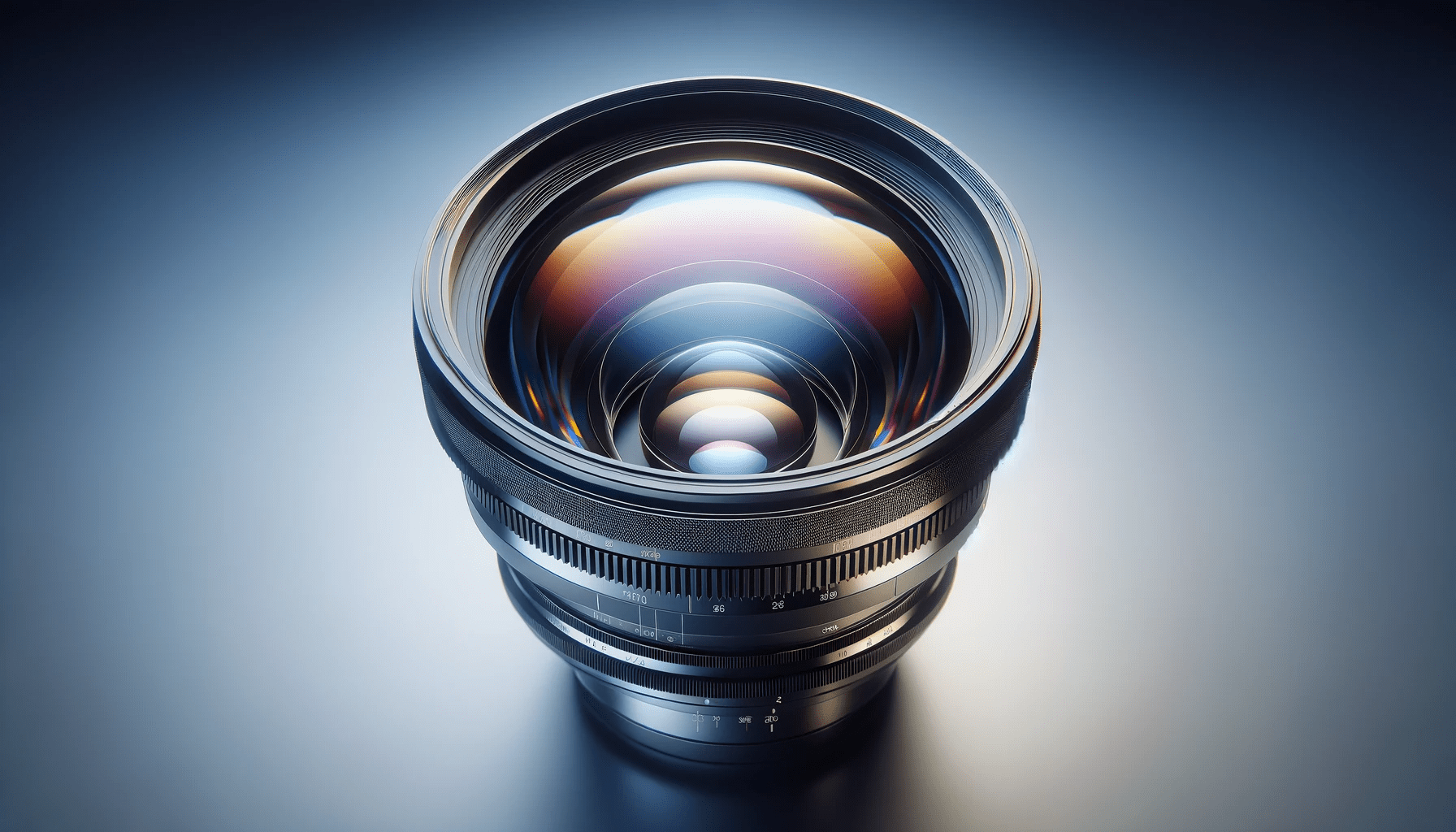
Picture the objective lens as the front eye of your optical device, the first point of contact with the light from the scene you're observing. It's like the welcoming committee, gathering light and crafting a real, albeit smaller, version of the scene inside your binoculars or monoculars. The size of this lens, specified in millimeters, is a crucial figure in the world of optics.
For instance, a 10x50 binocular boasts a lens size of 50 mm, offering a magnification power of 10. Similarly, a 6x30 monocular combines a 30 mm lens with a 6-fold magnification. This lens size isn't just a number; it's the gatekeeper of light and clarity. A larger lens invites more light, brightening and clarifying your view, especially under the mystical twilight of dusk or dawn.
But there's a catch: larger lenses mean a heavier, bulkier device and often a higher price tag. It's a balancing act between capturing light and maintaining practicality. By the way, if you are looking for interesting binocular models, here are our top 4 best binoculars in 2024:
- High-End Performance at Affordable Price
- Ideal for Hunting, Birding, and Wildlife Viewing
- Enhanced Low-Light Performance
- Tack-Sharp Edge-to-Edge Vision with Deep Field
- Compact and Lightweight with Improved Light Transmission
- ED Glass Lenses Minimize Distortion
- Ideal for Birding and Wildlife Observation
- Rubber-Armored, Non-Slip Grip Design
- Waterproof and Fog-Proof for Reliable Performance
- Turn-and-Slide Rubber Eyecups for Eyeglass Compatibility
- HD Lens System for Vivid Imaging
- Best for Birdwatching and Nature Observation
- LotuTec Coatings for Scratch Protection
- Conveniently Placed Focusing Wheel for Easy Use
- Perfect for Stalking Game and Rough Terrain
- Exceptional Clarity and Color Fidelity
- Resistant to Water and Fog
- Eyecups Adjustable for Eyeglass Wearers
- Secure, Non-Slip Rubber Armor
- Includes GlassPak Harness for Easy Carrying
The Science of Light Gathering
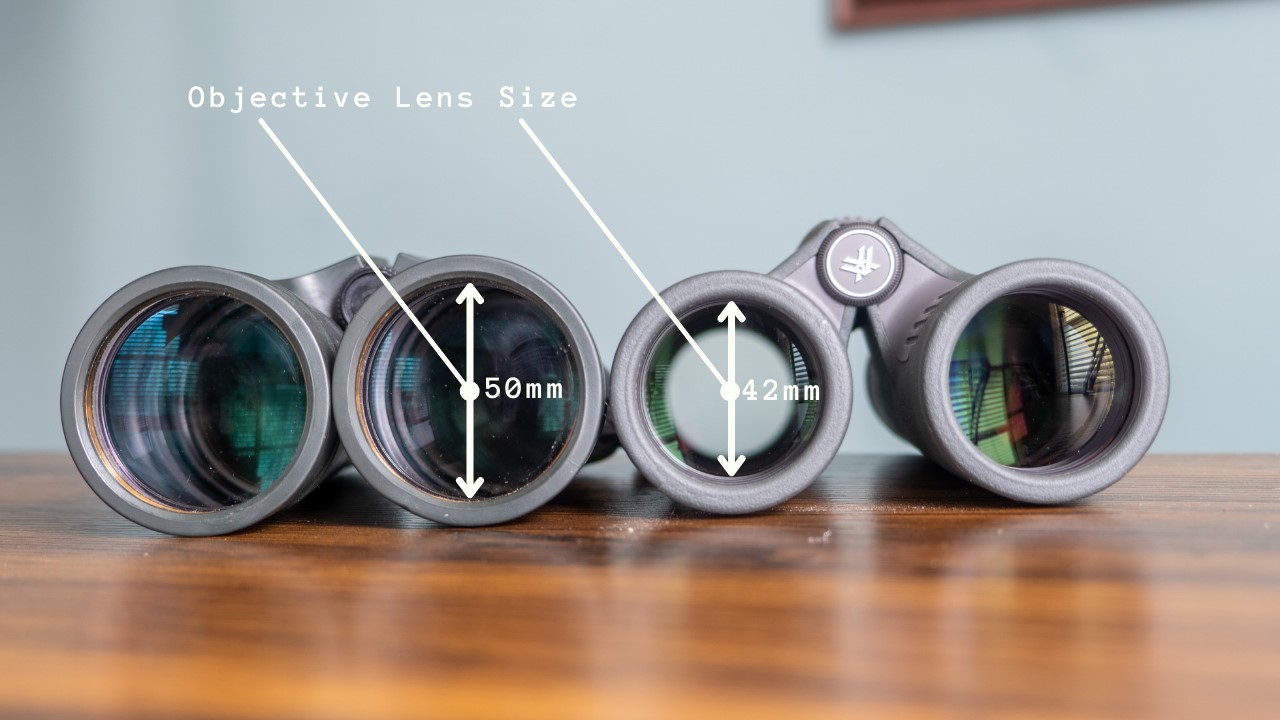
The objective lens doesn't work alone. Its ability to gather light is a team effort, involving the magnification power and the quality of both lens and prism. High magnification can mean a dimmer view, as the same light is spread thinner over a larger image. That's where a larger lens can save the day, scooping up more light to keep your view bright.
But, there's a twist: light can be a bit of a rebel, bouncing off surfaces when it transitions from air to glass. This is where anti-reflective coatings come in, playing the role of peacemakers, ensuring more light stays on the right path through your device.
A key player in this game of light is the 'exit pupil' - a small circle of light that dances into your eye from the eyepiece. It's the objective lens diameter divided by the magnification. For instance, a 10x50 binocular offers an exit pupil of 5 mm. This circle of light needs to match the ever-changing size of your eye's pupil for an optimal viewing experience. Too big, and your eye can't catch it all; too small, and you're left in the dark.
Specs for Objective Lenses
Here's a table outlining the critical specs of Objective Lenses:
| Specification | Description | Relevance |
|---|---|---|
| Focal Length | Distance from the lens to the focus point | Determines the magnifying power; longer focal lengths provide greater magnification |
| Diameter (Aperture) | Size of the lens opening | Larger diameters allow more light, improving brightness and resolution |
| Lens Material | Type of glass or material used | Affects light transmission and image clarity |
| Coating | Anti-reflective coating on the lens surface | Reduces glare and increases light transmission |
| Field of View | Width of the visible area at a certain distance | Wider fields of view are better for scanning large areas |
| Resolution | Ability to distinguish fine details | Higher resolution provides clearer, more detailed images |
| Aberration Correction | Measures to reduce optical distortions like chromatic aberration | Improves image accuracy and color fidelity |
| Mount Type | Compatibility with different devices or systems | Ensures that the lens can be fitted to specific equipment |
This table is a basic guide and the specifications can vary significantly based on the type of optical device (e.g., microscope, telescope, camera) and the intended use (e.g., astronomy, microscopy, photography).
Binoculars vs. Monoculars: The Showdown
Now, let's pit binoculars against monoculars. Each has its own stage on which it shines:
Field of View: Binoculars offer a panoramic view of the world, thanks to their dual-lens system. They're perfect for watching the grand play of nature unfold. Monoculars, with their single-lens setup, provide a more focused, narrow perspective, ideal for zeroing in on specific wonders.
Depth Perception: Binoculars mimic the natural depth of human vision, giving a more lifelike, 3D perspective. Monoculars, on the other hand, present a flatter, 2D view, which might work fine for distant, static scenes.
Eye Strain: Using binoculars is like watching a movie at a theater - comfortable and natural. Monoculars can be more like viewing through a keyhole - a bit more straining for your eyes over time.
Portability: Monoculars win here. They're the compact, light companions you can slip into a pocket, perfect for the spontaneous adventurer. Binoculars, though, demand more space and effort but offer a richer viewing experience.
Cost: Monoculars are generally more budget-friendly, being simpler in design and requiring fewer materials. Binoculars, with their more complex build, often come with a higher price tag. Just so you know, if you're in search of some notable monocular options, check out our selection of the top 4 monoculars for 2024:
- 8x Magnification with 36mm Objective Lens
- Fully Multi-Coated Lenses
- R/T Ranging Reticle with Milliradian Measurements
- Compact, Rubber-Armored, and Includes Utility Clip
- Waterproof and Fogproof for Reliable Field Use
- Fits Easily in Pockets, Ideal for Travel
- Functions as Mini-Telescope or Macroscope
- Ideal for Detailed Observation of Small Objects
- Roof Prism with Phase Correction for Clear Images
- Waterproof and Nitrogen-Filled to Prevent Misting
- 12x Magnification with 50mm Objective Lens
- Multi-Coated Lenses and BaK-4 Prisms
- Waterproof, Fog-Proof with Rubber-Armored Build
- Smartphone Adapter and Bluetooth
- Ideal for Various Outdoor Activities, Tripod Adaptable
- Powerful 20x for Detailed Distance Viewing
- Waterproof, Fog-Proof, and Travel-Friendly
- Multi-Coated BaK-4 Glass for Bright, Clear Images
- Easily Capture and Share Observations
- Comfortable Twist-Up Eyecup Design
Conclusion
Choosing between binoculars and monoculars isn't just about specs, it's about what speaks to your heart and suits your adventure. It's about weighing the trade-offs between light and clarity, size and weight, and cost and quality. Try different models, feel them in your hands, look through them, and listen to what your eyes and heart tell you. The best optical device is the one that not only fits your needs but also feels right as you embark on your journey of exploration and wonder.
Remember, whether you're marveling at a distant galaxy or a bird in flight, it's the objective lens that brings the magic closer, transforming distant specks into gateways of awe and curiosity. So choose wisely, and let your optical journey begin!
You may also like:
